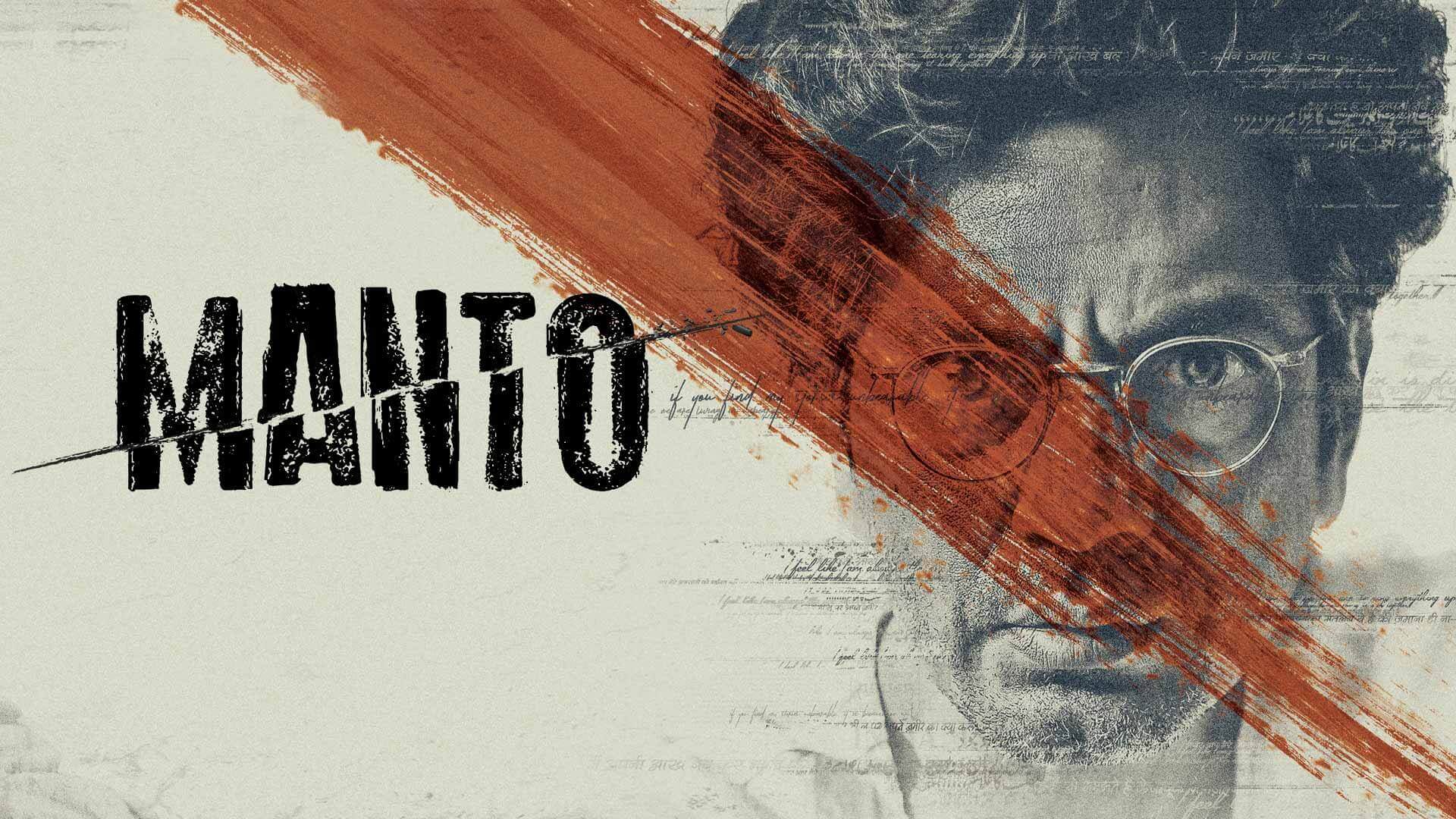‘Manto’, the name so unfamiliar among the majority of us, does sound more familiar today as it has been a much discussed ‘film’ and ‘personality’ recently, with the release of Nawazuddin Siddiqui starrer biopic, Manto, by Nandita Das on 21 September 2018. The biopic is a brilliant blend of the life and struggles of Saadat Hasan Manto and his five major stories embarking on a journey to know him through his art which had a major influence on him. So what makes a non-conformist writer of the partition era so significant even today in our society? Why each one of us must read him and his works and why Nandita Das’s film not only has the potential to draw attention but also to intrigue the audience into many such artists of the bygone era?
Saadat Hasan Manto was just a modest human being and an artist who knew no boundaries between his thoughts, imagination and its honest expression through words. Manto’s writings depict a ruthless reflection of the dark and deep qualities of a human which are often masked under the superficialities of the societal norms of ‘good’ and ‘bad’. Through his short stories, the most famous ones being, Thanda Goshta, Toba Tek Singh, Khol do, Bu, Hatak, Kaali Salwaar, he challenges the distinction of ‘good’ and ‘ bad’ by writing on untouched ideas such as sexuality, prostitution, pimps, different types of urge and greed in humans. Without romanticizing the idea of an ideal society in his works, he emphasizes on reality over everything, and the reality was very much imminent to him in his own surroundings.
Today, when we mince words, categorize things into decent and indecent, right and wrong or modify our thoughts while expressing ourselves through writings or speaking in accordance with the ‘common morality’, we are constantly encouraging the creation of farcical ideas in the society where the originality, irrespective of its categorization, is doctored and reality ceases to exist. Here, Manto’s writings capture the essence of an art form which is free from the boundaries of ‘good’ and ‘bad’. Art is for all and must include all. His fierce struggle through the court trials over the charge of obscenity in his stories did not ever have an impact on his writings, in fact, his art form had somehow gained supremacy over him, secluding him from his social life and was as if one of the characters of his own short stories. It is about the revelation of the churning complexities inside a human, his day to day confrontation and banter with these complexities which is subtly evident through Manto’s life, works and will continue to be relevant for generations to come.
In a broader context, today, the socio-political condition of the country is such that dissent is discouraged and romanticism of the government is rampant. In an environment where authors are struggling to write freely, films are getting censored under frivolous pretexts, media cannot function independently; we need to instil some kind of ‘Mantoism’ and maverickism in us inspired by Saadat Hasan Manto who still stands as a paradigm of fearless and selfless expression
Currently, as the space in mainstream Hindi cinema remains occupied predominantly with themes of love, violence, biopic of celebrated personalities, gender equality and patriotism; ‘Manto’ creates an unusual space for itself with its honest depiction of the life of an artist who remained diminishingly shadowed under the dawn of independent India and the ensuing sham and glam of his beloved city, Bombay. The film has been successful at initiating a literary dialogue among the youth, who are otherwise more or fewer strangers to the masterpieces of Hindu and Urdu literature. Apart from the editorials, feature articles, critical pieces in major newspapers and news websites, on the movie and life of Manto, one could also trace the ‘Manto’ effect through Facebook and Instagram posts of youngsters in appraisals for the movie and admiration for the personality of Saadat Hasan Manto, thus, depicting the interest and empathy towards such films and literary works.
The film also serves a great purpose in sparking off enthusiastic discussions particularly on Manto’s writings and his life; in social circles, among office colleagues, at cafeterias, at libraries, in newsrooms and has seeded in them the urge to know who Saadat Hasan Manto was and why one must read him. It has confronted them with the tumult and realities of the devastating Partition of India and has instilled in them the curiosity to know more and understand Partition more through Manto’s struggles and words. It is only through such artists and their creations, the biopic ‘Manto’ being one of them, that people can visualize and connect themselves to the events of 1947, making them compassionate towards the wounds of both the nations and its ripped apart people. Thus, decreasing enmity and making the peace establishment process between India and Pakistan easier and stronger.
‘Manto’ encourages more such directors to explore writers, their literature and to enhance a literary discourse among the audience pertaining to the impactful relationship between an art form and the passionate human; and the significance of fearless expression of self; wherein lies the legacy of the impregnable, Saadat Hasan Manto!
References
Batra, V. (Producer), Andhare, A (Producer), Goyal, N (Producer), Das, N (Producer), & Das, N (Director). (2018). Manto [Motion Picture]. India: HP Studios
Manto, S.H. (2013). Toba Tek Singh Aur Anya Kahaniyan. New Delhi: Rajpal and Sons.
Manto, S.H. (2017). Thanda Goshta Aur Anya Kahaniyan. New Delhi: Rajpal and Sons.
Image Credit: Hotstar

